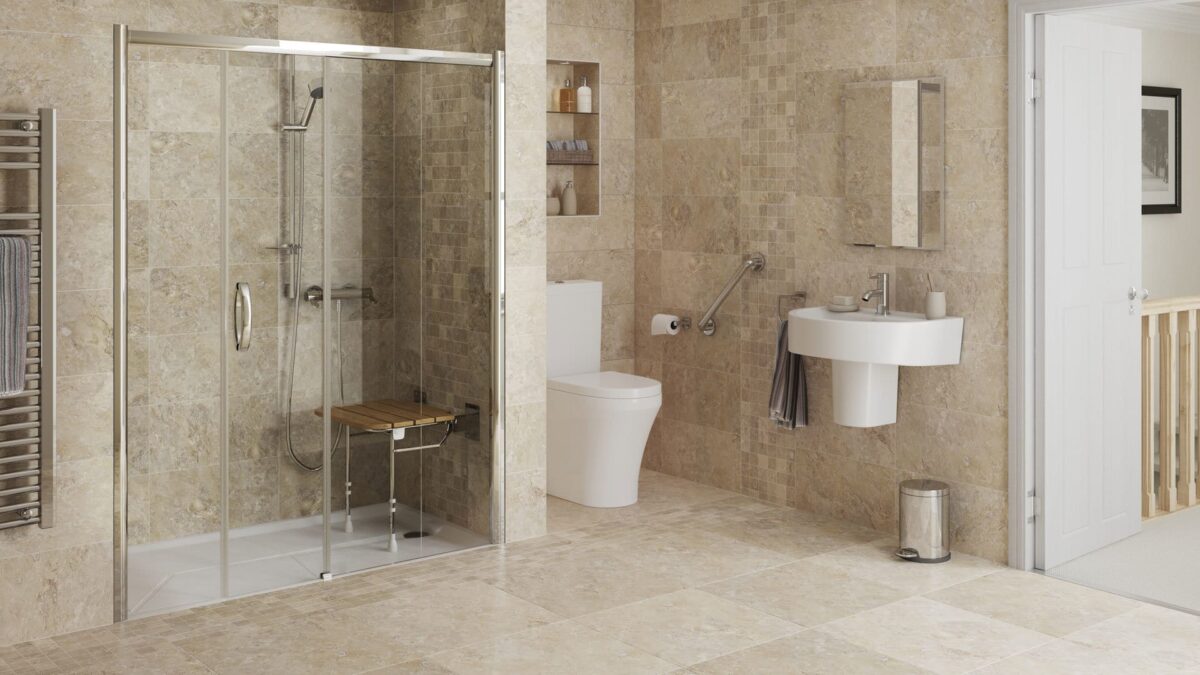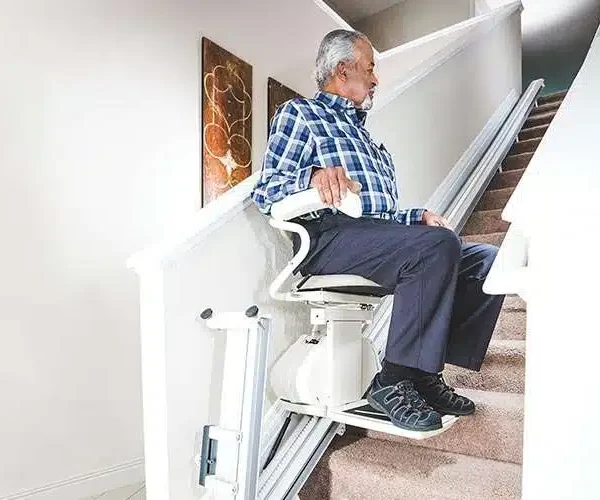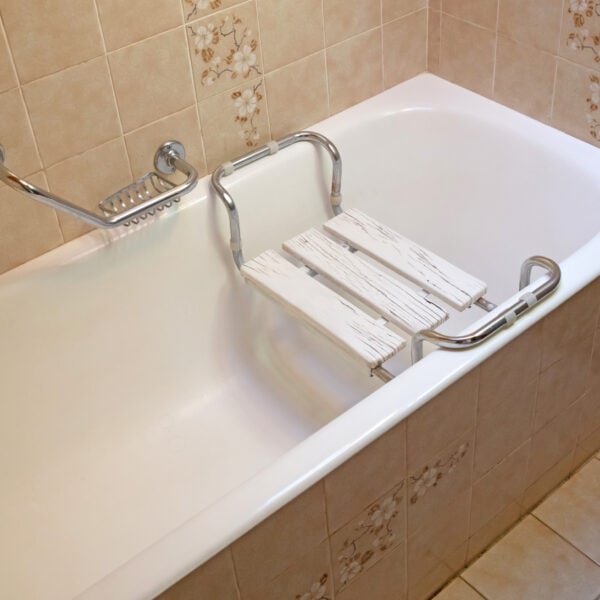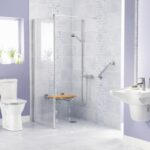
Avoid Common Mistakes When Planning Home Accessibility Modifications
October 1, 2024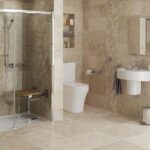
A Barrier-Free Oasis: Creating Your Dream Accessible Bathroom
October 15, 2024When it comes to making your home more accessible for individuals with disabilities, one of the most critical concerns is cost. Handicap modifications can involve significant changes to the structure and design of a home to improve mobility, safety, and comfort. Whether you’re adding ramps, widening doorways, or installing specialized equipment, understanding the financial aspects of these modifications is key to planning and budgeting effectively.
In this blog, we’ll break down the various factors that influence the cost of handicap modifications, explore specific types of upgrades, and offer tips on how to manage expenses while ensuring a safe, accessible living space for everyone.
Handicap modifications, or accessibility modifications, are designed to make a home safer and easier to navigate for individuals with disabilities or limited mobility. These modifications can range from simple adjustments like grab bars in the bathroom to more complex installations such as stairlifts or elevator systems.
As these changes are tailored to the individual’s unique needs, the cost can vary greatly depending on the extent of the modifications and the materials used. Knowing what to expect in terms of costs is crucial, especially when balancing quality, safety, and budget constraints.
1. Factors Affecting the Cost of Handicap Modifications
Before diving into the specifics of individual modifications, it’s essential to understand the factors that impact the overall cost of making a home more accessible. These factors include:
- Type of Modification: Some upgrades are more affordable than others. For example, installing grab bars or a ramp is less costly than installing a stairlift or widening all the doorways in a home.
- Extent of Customization: Custom solutions tailored to the specific needs of the individual, such as a personalized bathroom design, will naturally cost more than generic modifications.
- Labor Costs: Professional labor accounts for a significant portion of the cost. Hiring certified contractors who specialize in handicap modifications can be more expensive, but it ensures that the job is done correctly and in compliance with safety regulations.
- Materials and Equipment: The quality of materials used will influence costs. For example, installing a high-quality, durable wheelchair ramp will cost more upfront but will likely save money in repairs or replacements down the line.
- Location: Costs can also vary based on geographic location. Urban areas with a higher cost of living will likely have higher contractor fees and material costs than rural areas.
- Permits and Inspections: Many modifications require permits and inspections to meet local building codes, adding additional expenses.
By being aware of these key cost factors, homeowners can better prepare for the financial commitment of making a home more accessible.
2. Breakdown of Common Handicap Modifications
a) Ramps
One of the most common modifications is that ramps provide essential access for wheelchair users or individuals with limited mobility. The cost of installing a ramp depends on its length, material, and design. A basic wooden ramp might cost between $1,200 and $2,500, while aluminum or concrete ramps can range from $2,500 to $5,000.
Factors such as slope, platform size, and whether the ramp will be permanent or portable also impact the price. Portable ramps are a more budget-friendly option, typically costing between $100 and $1,000, but they are often less durable than permanent structures.
b) Doorway Widening
Narrow doorways can present a significant challenge for wheelchair users. Widening a doorway typically involves removing and replacing framing, drywall, and possibly electrical wiring. Depending on the structural complexity, the cost to widen a single doorway ranges from $500 to $2,500.
While this can be a more expensive modification, it’s essential for ensuring that all areas of the home are accessible, providing a sense of security and peace of mind, especially critical spaces such as bedrooms, bathrooms, and kitchens.
c) Bathroom Modifications
Bathrooms are one of the most crucial areas for accessibility modifications due to the increased risk of slips and falls. Standard upgrades include installing grab bars, replacing bathtubs with walk-in showers, and adjusting toilet heights.
- Grab bars: Depending on the type and location, installing grab bars typically costs between $100 and $300.
- Walk-in showers: The cost of converting a traditional tub to a walk-in shower, depending on customization, tile selection, and plumbing needs, can range from $3,000 to $10,000.
- Raised toilets: Replacing a standard toilet with a higher model costs around $300 to $600, but additional labor may be needed for installation.
Custom-designed bathrooms, which include non-slip flooring, additional grab bars, and roll-in showers, can significantly increase costs but offer long-term safety and convenience.
d) Stairlifts and Elevators
For multi-story homes, installing a stairlift or residential elevator is often the only viable solution for individuals who cannot navigate stairs. These systems are expensive but essential for maintaining independence in a two-story or multi-level home.
- Stairlifts: The cost of installing a stairlift ranges from $3,000 to $15,000. Factors such as the length of the staircase, whether it’s straight or curved, and the type of stairlift system (battery-powered vs. electric) will impact the overall cost.
- Residential Elevators: Installing a residential elevator is a significant investment, with prices ranging from $15,000 to $50,000 or more. This includes the cost of the equipment, labor, and structural changes to the home.
Both of these modifications are critical for individuals with severe mobility challenges, but they can also be the most expensive accessibility upgrades.
3. Funding Options and Financial Assistance
Given the high cost of some handicap modifications, it’s important for homeowners to be aware of the various financial assistance options available. These programs and funding options can significantly reduce the financial burden of making a home more accessible.
- Medicaid Waivers: Some states offer Medicaid waivers that cover the cost of home modifications for individuals with disabilities. These waivers can help with expenses such as ramp installations, bathroom modifications, and more.
- Veterans Affairs (VA) Grants: Veterans with disabilities may be eligible for financial assistance through the VA. The Specially Adapted Housing (SAH) and Special Housing Adaptation (SHA) grants can provide funds for making accessibility modifications.
- Nonprofit Organizations: Many nonprofit organizations, such as Rebuilding Together and the United Way, offer assistance to individuals needing home modifications. Some of these programs provide free services, while others offer grants or low-cost loans.
- Home Equity Loans: For those who don’t qualify for grants or assistance, a home equity loan can provide the necessary funds to cover modification costs. While this option involves taking on debt, it can be a viable solution for homeowners who want to spread the cost of large modifications over time.
By exploring these funding options, homeowners can reduce the out-of-pocket costs associated with handicap modifications, making it easier to create a safe and accessible home environment.
4. Balancing Cost and Quality
While it can be tempting to cut costs, particularly with budget-friendly modifications, it’s essential to strike a balance between affordability and quality. Cheaper materials may save money in the short term, but they often require more frequent maintenance or replacements, driving up costs in the long run.
When budgeting for handicap modifications, prioritize high-quality materials and reputable contractors with experience in accessibility modifications. Investing in durable, well-constructed solutions will ensure the home remains safe and accessible for years to come.
Understanding the cost of handicap modifications is vital for homeowners looking to create a more accessible living environment. The expenses associated with ramps, doorway widening, bathroom upgrades, and stairlifts or elevators can add up, but proper planning and exploring financial assistance can help ease the burden.
By considering factors such as the type of modification, labor costs, and materials and seeking out available funding options, homeowners can effectively manage the cost of creating a safer, more accessible home for individuals with disabilities.
CAPS Remodeling stands ready to assist with expert guidance and high-quality solutions tailored to your needs. With a strong commitment to delivering cost-effective modifications, we invite you to partner with us to transform your living space into a more accessible and comfortable environment. Contact CAPS Remodeling today to begin your journey.

Introducing Jeff Cates, the visionary Founder and Owner of CAPS Remodeling. After experiencing a profound personal event involving his son in 2007, Jeff was inspired to serve a higher purpose: to create safer, more comfortable, and independent living conditions for the elderly and disabled by modifying their current homes. Jeff’s deep-seated religious beliefs form the moral compass that steers CAPS daily operations. Apart from his unwavering dedication to his work, Jeff finds joy in boating and cherishing moments with his family.

